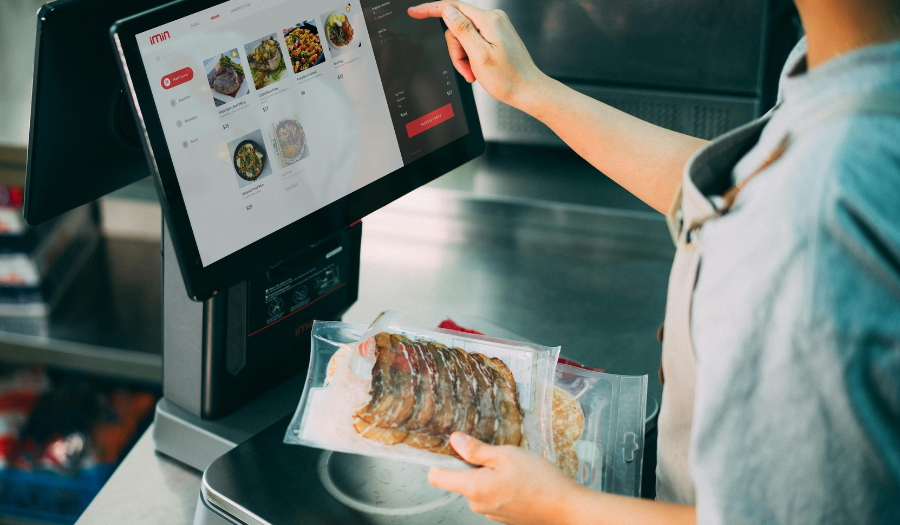The grocery industry is experiencing a major transformation. The rise of e-commerce, accelerated by shifting consumer habits and technological advancement, is reshaping how grocery businesses operate. With more customers choosing the convenience of online grocery shopping, businesses that adapt quickly will have a competitive edge in 2025 and beyond.

Why the Digital Shift Matters
According to industry forecasts, the global online grocery market is expected to grow significantly in the next few years. In the UK and US, consumers have embraced online shopping not just for clothing and gadgets, but for essential items like food and household goods. This means grocers must re-evaluate how they meet modern customer expectations.
Key Drivers of E-Commerce Growth in Grocery
- Convenience: Consumers want to shop anytime, anywhere, without queuing or commuting.
- Personalisation: AI-driven platforms now offer tailored product recommendations and shopping lists.
- Health & Safety: The pandemic made contactless delivery and digital payments essential preferences.
- Technology: The rise of mobile apps, POS integration, and delivery platforms makes digital grocery shopping more accessible than ever.

How to Prepare Your Grocery Business
1. Adopt an Omnichannel Strategy
Integrate your in-store and online operations. Let customers shop online and pick up in-store or opt for home delivery. Ensure your branding, promotions, and pricing are consistent across all channels.
2. Invest in a Scalable POS System
A powerful POS system can centralize inventory, orders, and customer data in real time. This ensures accurate stock levels, fast processing of online orders, and smooth coordination between channels.
3. Upgrade Your Inventory Management
Use smart inventory tools to prevent stockouts or over-ordering. Real-time tracking, low-stock alerts, and auto-reordering features are essential in a high-demand digital environment.
4. Enhance the Online Shopping Experience
Ensure your website and mobile experience are fast, intuitive, and mobile-friendly. Use high-quality product images, clear categories, and filters to make shopping easy.
5. Leverage Data for Personalisation
Capture and analyze customer data to offer personalized deals, suggest repeat purchases, and reward loyalty. Customers respond positively to tailored experiences.
6. Promote Digital Payment Options
Offer a wide range of secure and convenient payment options including cards, digital wallets, and mobile payments. This reduces friction at checkout and supports contactless preferences.
7. Train Your Team for Digital Efficiency
Ensure your staff are equipped to manage both in-store and online orders, handle tech tools, and provide hybrid customer service.
Final Thoughts
The shift toward e-commerce in grocery isn’t a passing trend—it’s a new normal. To stay ahead, grocery businesses must embrace technology, optimize operations, and prioritize the online customer experience. With solutions like EkiKart POS, grocers can not only survive the digital shift—they can thrive in it.





